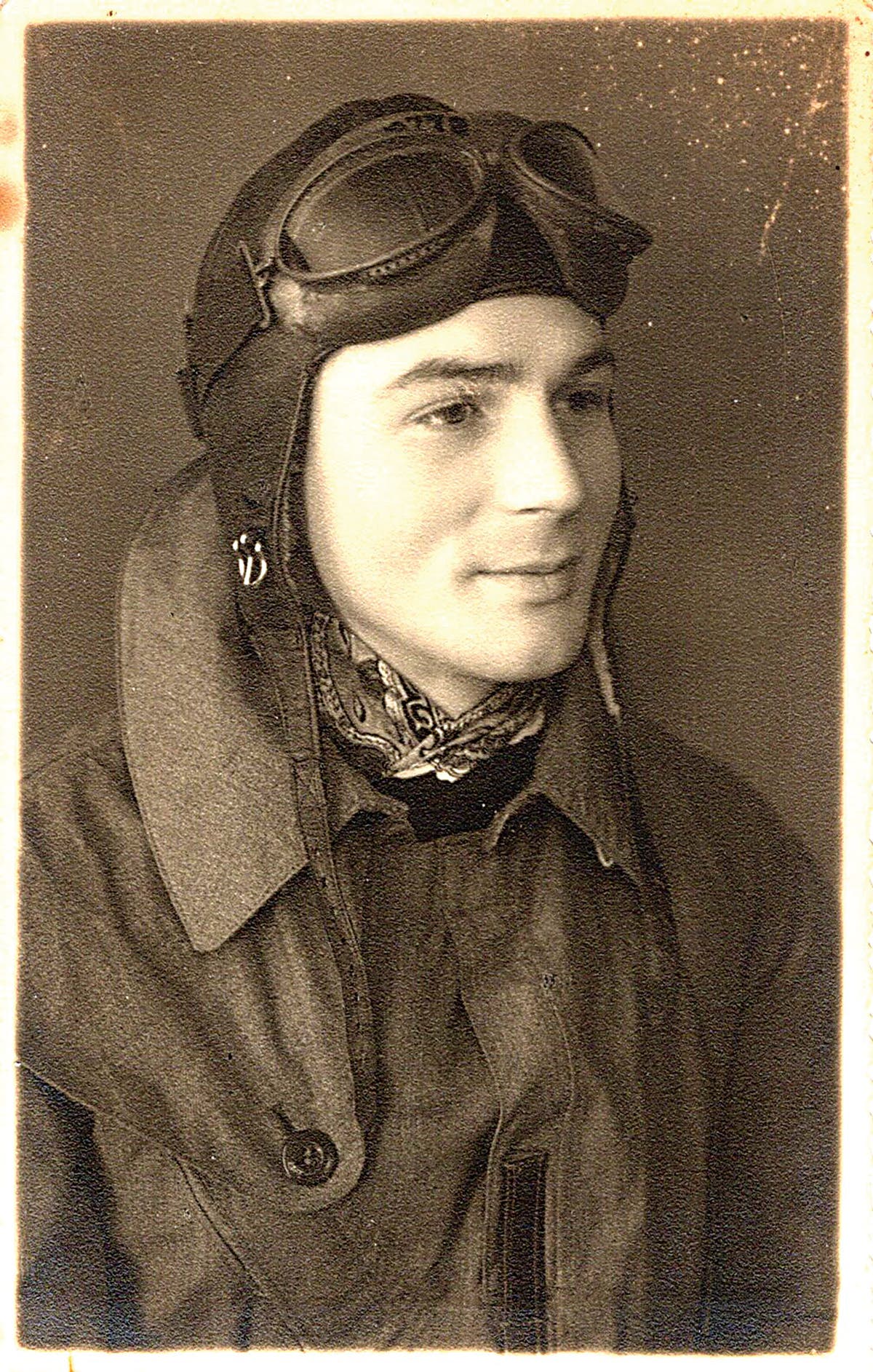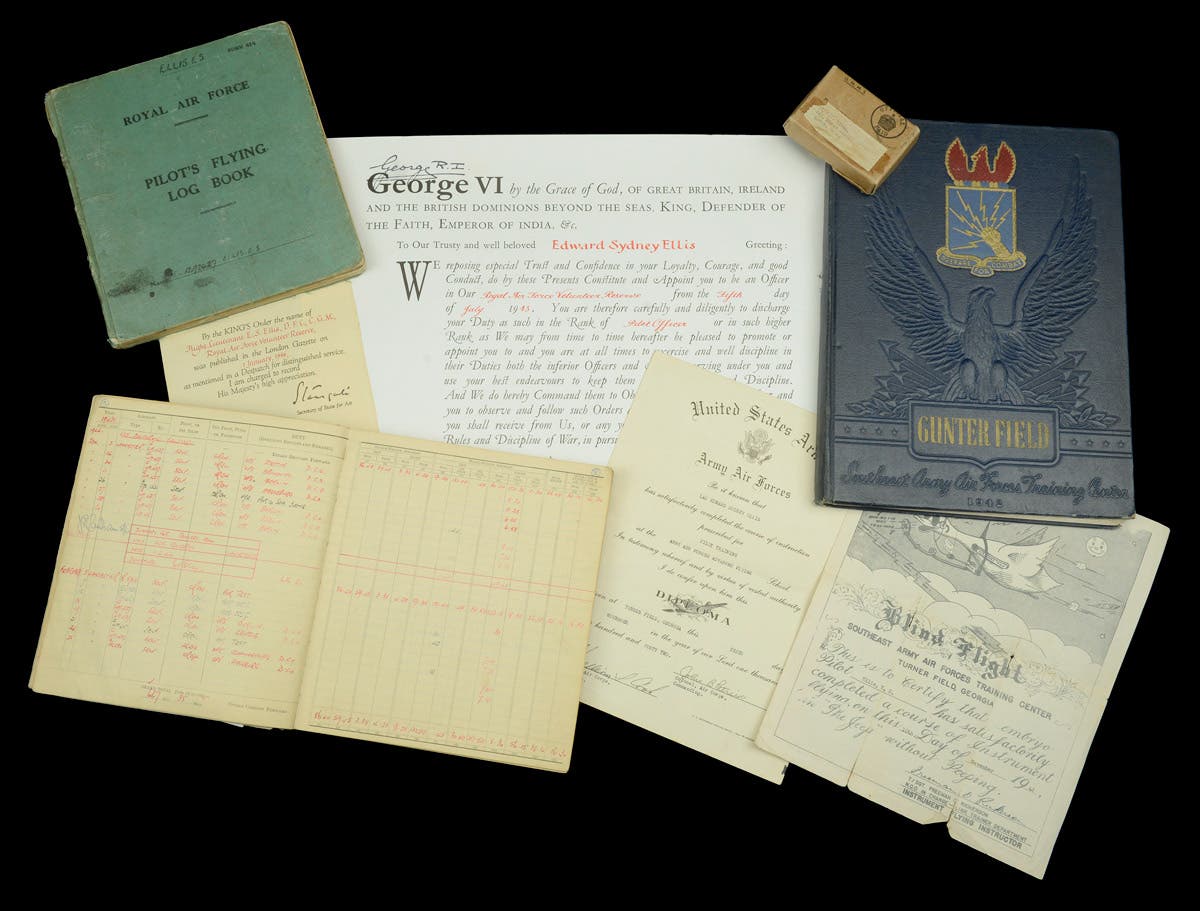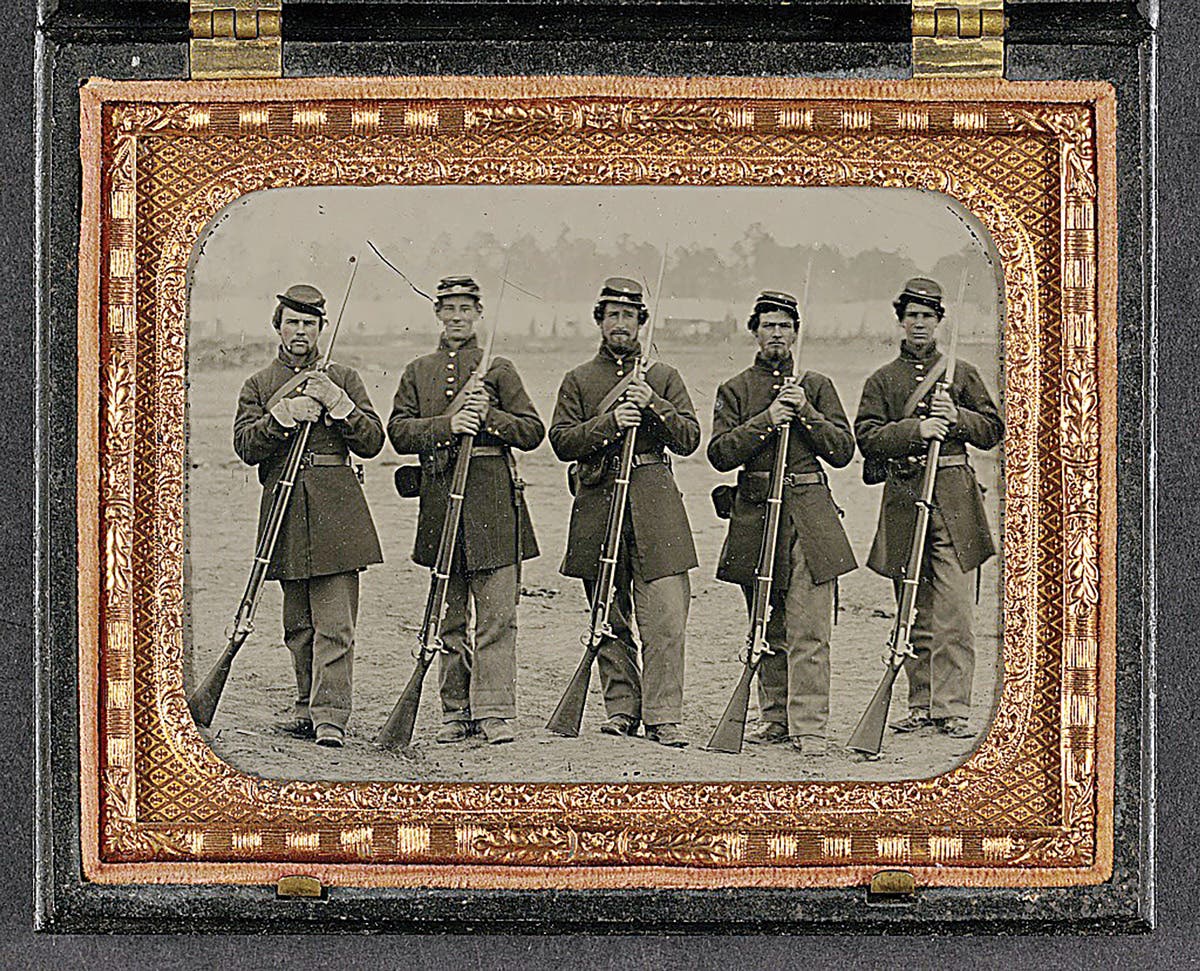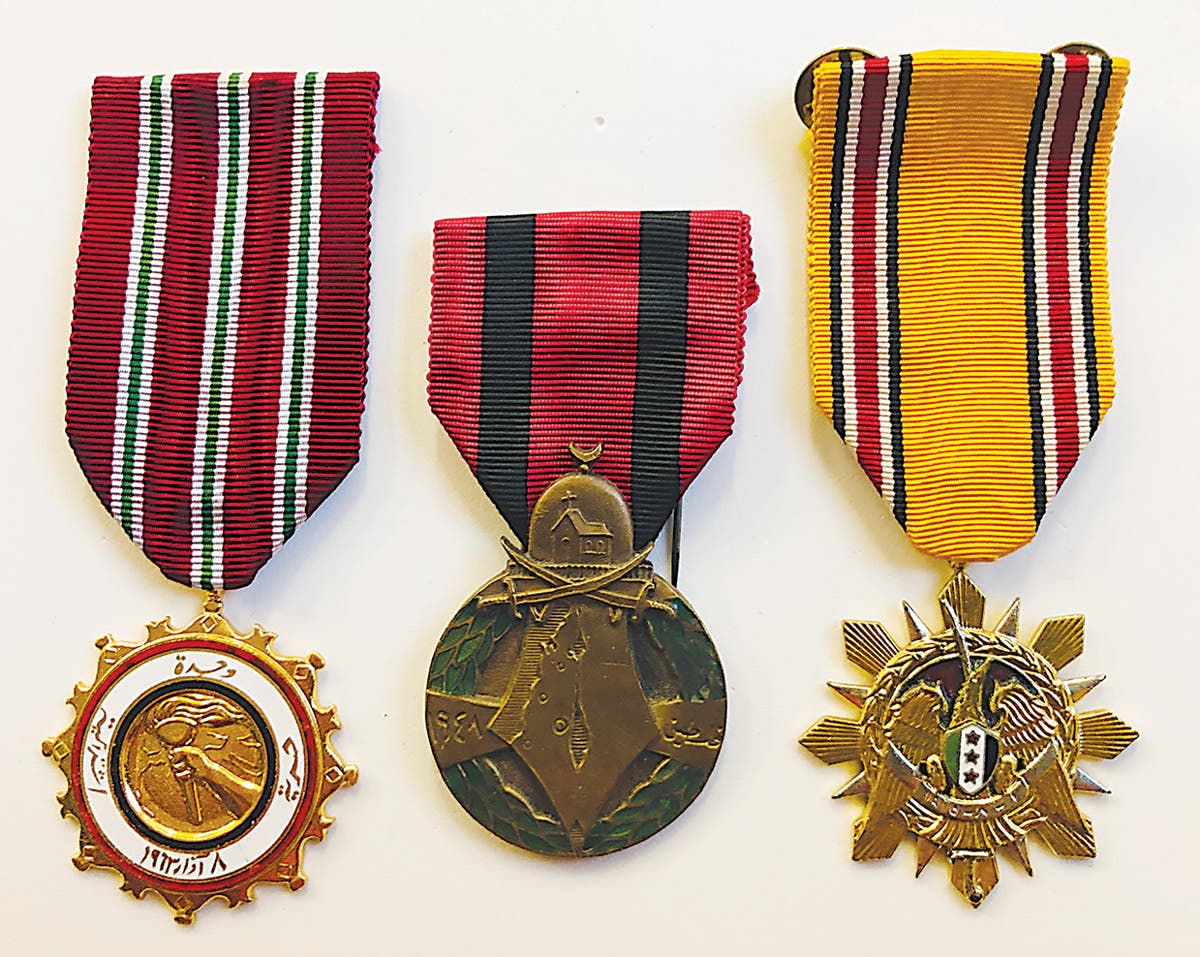The WWII Type 99 Japanese Rifle
Japanese WW2 Arisaka rifles were quality, battlefield weapons — and are eagerly sought by firearms collectors
Too often, collectors think of WWII Japanese rifles as being crude and of dubious quality. Ask a Pacific War veteran however, they’ll tell you, in no uncertain terms, Arisaka rifles were quality, battlefield weapons despite their supposedly inferior parts, oddly built stock with grains going in different directions, and seemingly out-of-place extras.
Granted, as the war progressed, factories and equipment were destroyed, skilled personnel were disabled or killed, and supply lines cut. Japan had to take measures to simplify and speed-up rifle production. Collectors commonly refer to these weapons as “last ditch” rifles.
The Type 99 is one of the most commonly found Japanese military rifles with approximately 2.5 million made. Following their experience in China, the Japanese military developed a 7.7mm round more powerful than the 6.5mm used in the Type 38 and designed the Type 99 around the new round. When the rifle first went into production in 1939 a “short” and “long” rifle were both produced, about 3/4” and a hand guard made the difference. The long version was discontinued after a couple of years.
The rifle illustrated here is an early production 0 series Type 99 produced by Nagoya Arsenal. Nagoya was the most prolific of the manufacturers producing slightly less than 1.1 million rifles.
In the world of WWII military surplus firearms, Type 99 rifles are inexpensive acquisitions Most can be purchased in the $300-$500 range depending on manufacture and quality. Last-ditch rifles, can bring substantially less or more, depending on condition. All original, early rifles will bring prices more commensurate with other military firearms of the time period.
If you are shooter, you will find that the most challenging aspect of owning Japanese rifles is finding ammunition. Prior to the U.S. ammunition shortage during the Obama Presidency, major manufacturers would produce limited runs of 6.5mm and 7.7 mm Japanese ammunition. During the shortage, however, they ceased production to meet the demands of more common calibers and haven’t restarted those lines. Steinel Ammunition is about the only manufacturer that is consistently producing what appears to be quality ammunition in a number of historic calibers, including 6.5 & 7.7 Japanese.
Value of Type 99 Rifles
You may also like:
*As an Amazon Associate, Military Trader / Military Vehicles earns from qualifying purchases.
Ryan Roth is a Policy Specialist at FrontlineCo, a Springfield, Ill., based association management company. He is a graduate of the University of Illinois at Springfield with M.A. and B.A. degrees in Political Science and a minor in History. In his free time, Ryan works on the family farm and enjoys reading, horseback riding, engaging in the shooting sports, playing music and guitar, telling tall tales about his riverboat days, and adding to his collection.








